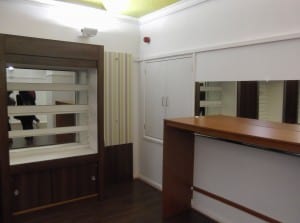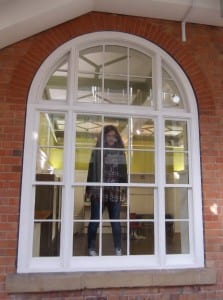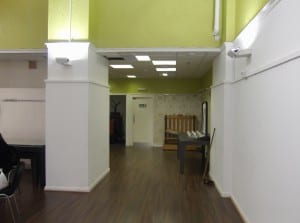Over the past three weeks, we have been asked to show back our work, adding five minutes each time we shared our ideas with the rest of the class. Most of our ideas were inspired by Physical Theatre especially work by PUSH Physical Theatre. We also looked at John Bohannon, a biologist and science journalist. He delivered a talk called ‘modest proposal’ with help from a physical theatre company, Black Label Movement, to help explain his points in a more engaging way for the audience. This exciting explanation of science inspired us to explore and explain light through our bodies.
Keeping with a similar style, we then looked at performances of ‘STOMP’. This performance is essentially movement and percussion merging together to create physical theatre. We felt that this worked well with our ideas behind the science of sound. From the beginning of our devising process, we knew we wanted to use projection to show the waves of either light or sound. In the end, we mashed these two ideas together and decided to create a soundscape and play with rhythms whilst projecting interactive sound waves on the wall. These would change to show the difference between high and low frequency sounds.
For the third week, we devised a short piece which was to be performed in the shop window. This was to capture the attention of the general public who will be passing the shop. This was based on the idea of capturing light. Again, the piece was physical and set to music.
As well as adding material every week, the reason we were showing back work was to get feedback. During these sessions our peers and tutor explained to us what they thought worked well and what they felt could be improved. Comments we got were usually based on committing to the performance and changing some of our movements which were not as clear. This feedback really helped us with the development of the piece. As these performances are intended to include the audience, it has been helpful to have an audience to rehearse with.


